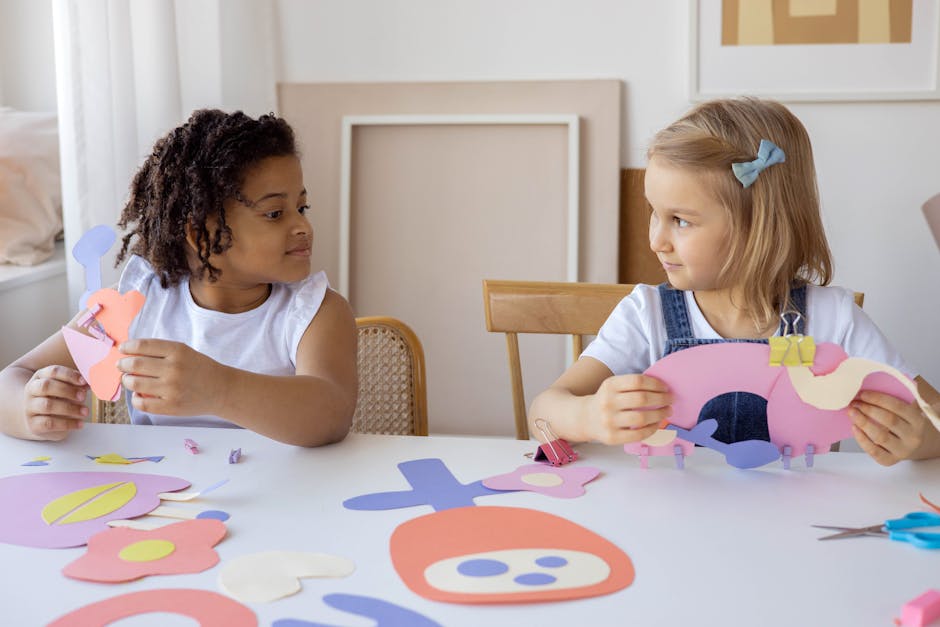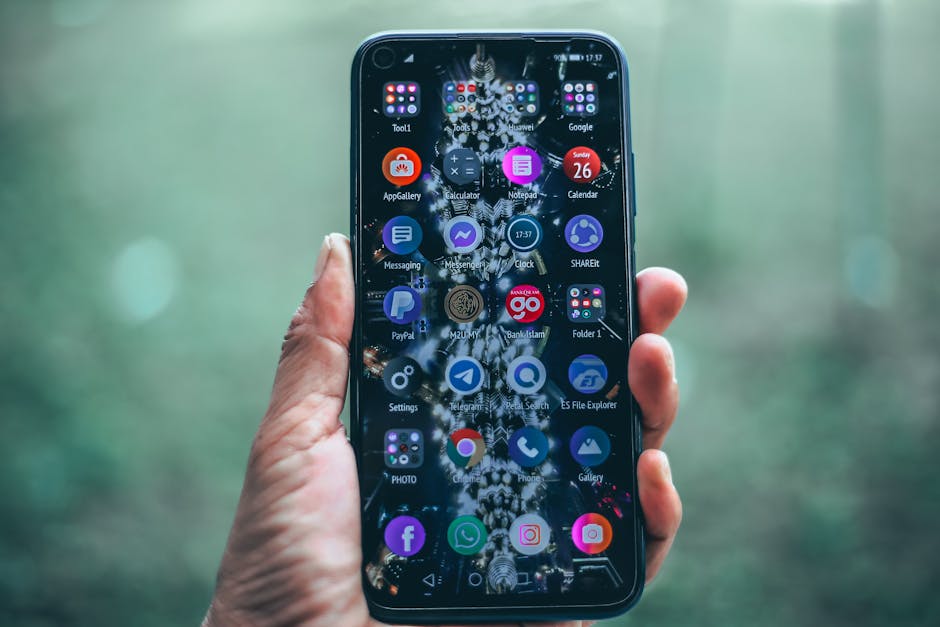Harness Gamification for Non-Traditional Learning and Engagement
The landscape of education is evolving, and as we look towards 2025, it’s clear that traditional classrooms alone can’t capture the interests of Millennials and Gen Z students. They crave experiences that are immersive, engaging, and, above all, fun. Enter gamification—a transformative approach capable of revolutionizing non-traditional learning environments. In this article, we’ll explore how gamification can maximize student engagement and learning outcomes beyond conventional methods, particularly appealing to the younger generation's learning preferences.
Understanding Gamification in Education

At its core, gamification involves incorporating game elements into non-game contexts to motivate and enhance user experience. This concept has gained traction in various sectors, including corporate training, marketing, and indeed, education. Research shows that utilizing game mechanics can foster greater engagement, improve retention rates, and encourage active learning (Garris, Ahlers, & Driskell, 2002).
A report by the New Media Consortium indicates that game-based learning offers "effective opportunities" for fostering learning environments, particularly among younger cohorts who thrive on interaction and challenges. But to harness the power of gamification effectively, we must first grasp what makes Millennials and Gen Z tick.
What Drives Engagement in Millennials and Gen Z?

Millennials and Gen Z turn to their smartphones for entertainment, socializing, and learning. They’ve grown up in a digital world where instant feedback and multimedia content are the norms. Consequently, they seek non-traditional educational experiences that are interactive, personalized, and often, a little adventurous. Here are a few driving forces influencing their engagement:
-
Social Interaction: Learning usually happens in isolation, but younger generations crave connectivity. They want community interaction, collaboration, and opportunities to share experiences.
-
Instant Gratification: With apps and games providing immediate rewards, these generations expect the same from their learning experiences—a little dopamine rush to push them forward.
-
Autonomy and Control: They prefer choices and personalized pathways instead of a one-size-fits-all approach. Gamified elements allow them to choose their own learning adventures.
-
Problem Solving: Millennials and Gen Z enjoy challenges that require creative solutions and critical thinking, a cornerstone of gamification's potential.
Organizations must adapt to these trends, and gamification offers a solution by fulfilling their needs for engagement and satisfaction in learning contexts.
Gamification Strategies in Non-Traditional Learning Environments

While gamification is a powerful tool, its application requires thoughtful design, especially within online courses and non-traditional settings. Here are several strategies that can be employed to effectively gamify learning experiences:
1. Integrate Points, Badges, and Leaderboards (PBLs)

Points, badges, and leaderboards serve as core components of gamification. By implementing a point system where students earn points for completing quizzes, assignments, or participating in discussions, you create a framework that fosters competition and motivation. Badges can function as tangible acknowledgments of achievements, while leaderboards provide visibility into how students stack up against their peers.
Research suggests that PBLs can lead to increased engagement and a deeper commitment to course material. For instance, in gamified micro-learning formats, students might earn badges for completing modules, thereby driving their curiosity to continue learning.
2. Create Interactive and Compelling Storylines

Gamification benefits from storytelling, which can bring otherwise dry topics to life. By embedding a narrative into the learning experience, educators can spark interest and guide learners through challenges that resonate with real-world scenarios. Story-driven content not only keeps learners engaged but also enhances knowledge retention.
Interactive storytelling in online courses can transform how students perceive challenges. They can be cast in roles to solve a mystery, embark on a quest, or navigate their way through a historical context, thereby making the learning process an adventurous one.
3. Encourage Collaboration with Team-Based Challenges

Millennials and Gen Z value collaboration over competition. Hence, integrating team-based challenges into gamified learning can provide a sense of community. Encourage students to tackle group projects or quizzes that require teamwork, fostering social interaction and creating a supportive learning environment.
As discussed in the blog post on embracing collaborative learning, this strategy not only reinforces course material but allows learners to build soft skills like communication and leadership, essential for their professional development.
4. Use Real-World Applications

Gamification works effectively when students can apply what they've learned in real-world contexts. By introducing real-life challenges, such as case studies or projects with tangible outcomes, you allow students to see the relevance of their education. This approach echoes the discussion about reimagining assessments—the more learners feel they are solving genuine problems, the more invested they'll be in their learning.
5. Foster Continuous Feedback with Dynamic Assessment

One of the keys to effective gamification is the ability to provide immediate feedback. With traditional assessments, students often wait days or weeks to receive results. In a gamified environment, create assessments that offer instant feedback, allowing learners to adjust their learning strategies promptly.
This concept aligns with the tenets outlined in the post about gamifying failure—encouraging students to learn from mistakes transforms challenges into learning opportunities rather than deterrents.
6. Encourage Self-Directed Learning

Empower students to take charge of their own learning journeys. Allow them to select topics of interest or work on customized project-based learning experiences. This autonomy caters to the personalized education model that younger generations are increasingly seeking, and it ultimately aligns with the theories surrounding self-directed learning.
Incorporating gamified elements such as choice-trees, where students can navigate options based on their interests, can keep them engaged and invested.
7. Incorporate Technological Tools for Immersive Learning

Emerging technologies like Virtual Reality (VR) and Augmented Reality (AR) offer innovative pathways to gamify education. These tools can create relatable simulations, allowing learners to engage with content on a deeper level. As highlighted in the article about the future of learning and AI, these immersive experiences not only engage eye movements but also spark emotional responses, enhancing learning further.
8. Implement Mindful Breaks to Enhance Focus

Contrary to the traditional view that more screen time equals more learning, it's essential to consider the benefits of incorporating mindful breaks in gamified experiences. Periods of reflection, nature walks, or guided meditations can help replenish creativity and maintain focus. On the topic of sensory learning environments, promoting these breaks fosters better engagement and retention in online courses.
9. Leverage Data Analytics for Personalization

Data analytics can track student progress, preferences, and engagement levels. By analyzing this data, educators can tailor the gamified experience to fit the unique needs of each student. By recognizing patterns, educators can optimize learning paths, ultimately leading to improved outcomes and satisfaction.
10. Celebrate Achievements and Milestones

Celebrating achievements goes beyond mere points and badges. Recognizing milestones, such as course completions or skill acquisitions, fosters a positive learning environment that motivates learners to progress. Celebration can be in the form of enthusiastic shout-outs during virtual classes or personalized certificates of accomplishment.
11. Foster Emotional Connections to Content
Gamification extends into the emotional realm by allowing students to interact with content in a relatable, human-centered way. This approach ties back to the growing significance of emotional intelligence in education. When students feel emotionally connected to the content, they are more likely to engage deeply with material, improving retention and understanding.
By tapping into these emotional connections, educators can effectively bridge the gap between dry, theoretical knowledge and practical, applied learning experiences.
12. Maintain Flexibility in Course Design
Lastly, maintaining flexibility in course design is crucial for implementing gamified strategies effectively. As you gather feedback from students and assess what resonates most, be prepared to adapt. This dynamic approach aligns with the concept of cognitive diversity in online learning, ensuring that you meet the ever-evolving needs of your learners.
Embracing Gamification for Future Learning Success
As we look ahead to 2025 and beyond, the potential of gamification in non-traditional learning environments becomes increasingly evident. By employing strategies that engage Millennials and Gen Z, educators can create enriching, valuable experiences that resonate far beyond the classroom walls.
The journey towards creating a gamified learning environment may seem daunting, but it’s also incredibly rewarding. With intentional design, organizations can facilitate deeper learning, foster connections, and empower the next generation to thrive.
Final Thoughts
The evolution of education is underway, and gamification offers us an opportunity to turbocharge engagement and results among Gen Z and Millennials. By understanding their needs and preferences and incorporating enjoyable, interactive elements into education, we can turn the learning experience into an exciting quest rather than a mundane task.
Remember, the ultimate goal is to create a vibrant learning culture that motivates students to excel, explore, and, most importantly, enjoy their educational journey. Are you ready to embrace the power of gamification?
For more insights on transforming online education, check out these articles: Emotional Intelligence in Online Courses and Enhancing Learning with Cognitive Flexibility.

